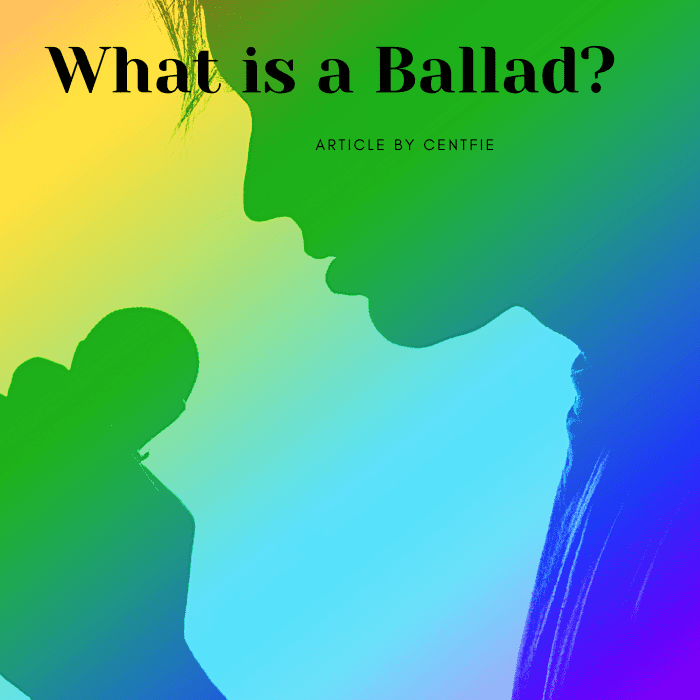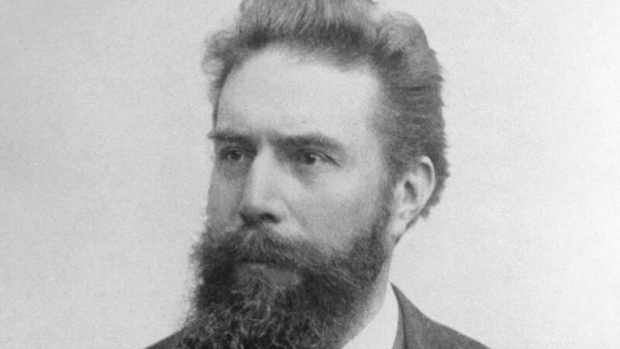The Ballad: A Universal Poetic Genre
The Ballad Genre Defined
A ballad is a narrative poem or song presenting a series of actions or observations of a persona. It is usually a brief episode focused on one or a few characters and a catastrophe they experience: real or imagined. The ballad has no limits of length and is arranged in the form of a series of quatrain or sestet stanzas.
Historical Context
Historically, ballads have been used in different cultures universally, even before the invention of writing, as a form of oral tradition. They are found in all continents with varying verse structures and metrical patterns because of the cultural and regional differences in the type and function of music.
Ballads began as a form of an oral song but have evolved into written forms meant to be read rather than sung creating an interaction between the written and oral forms of poetry.
The ballad continues to be used by many poets today although they are more liberal in their usage. Hence, many imitations and variations deviate from the classical form of the ballad.
Contemporary ballads come in variations in terms of length and content. Do you know a song that tells a story? Can it be categorized as a ballad?
Characteristics of a Ballad
Let's take a look at the components of a traditional ballad.
Emotional imagery
The ballad contains highly emotional imagery meant to grasp the reader to the situation of the characters in the poem. The form has precise descriptions to create mental images in the reader’s imagination. Therefore, if you want to write an emotional song, consider imitating the ballad.
Musicality
Typical ballads are set in stanzas, contain a regular rhyme scheme, and have a harmonious rhythm that contributes to musicality in the poem. Thus, they are created for oral performance. The delivery mode in the form of the song makes ballads have a great impact on the listeners and accompany dances.
Storytelling
Ballads are used to tell a story, mostly about the troubles faced by the characters, or the metaphysical world in a dramatic structure. Still, some poets chose to adapt a ballad to fit comic, heroic, and romantic themes. Stories can be personal or collective but generally, they affect each other such as themes of love, death, and oppression. The storytelling can include dialogue. They are based on common idiomatic expressions that affect communities or individuals to create cultural sensibility. Hence, most folk songs are ballads.
Repetition
Ballads tend to use repetition of sounds (rhyme) or lines (refrain) as common in songs. The fourth lines of the stanzas may be repeated as a refrain throughout the poem. Sometimes entire stanzas are repeated or lines are repeated within stanzas. However, it is not a strict rule, as poets can write ballads without refrain.
A Comparison With Other Types of Poems
The ballad is similar to the epic and lyric poems.
However, it differs from the epic because it has to have stanzas, and the story is episodic based on one scene rather than complete. The ballad also differs from the lyric poem because it has to be a narrative story.
Some academics use ballad and ballade interchangeably because of their obvious similarity in spelling.
However, the ballad differs from ballade in the sense that the ballad can be free verse but the ballade is a fixed form with three stanzas and a specific metrical pattern. Also, there is no limit to the length of the ballad.
Recommended
For instance, “The Rime of the Ancient Mariner” by Samuel Taylor Coleridge is known as one of the longest classical ballads divided into seven long parts.
Here is a brief overview of the characteristics of a typical ballad. You will realize that some modern songs that touch people’s hearts with their sad emotions are written in the form of ballads.
Categories of Ballads
There are two categories of ballads according to The Princeton Encyclopedia of Poetry and Poetics:
- The traditional ballad focuses on a tragic theme and reflects the historic world. It is a product of oral tradition. The older forms of ballads have been given more literary appreciation because of their exceptional artistry in terms of strict rhyme schemes, metrical patterns, and themes.
- The broadside ballad focuses on newsworthy events like a scandal, disaster, or crime characteristic of the contemporary world. It is a product of the written word.
5 Notable Ballad Poem Examples
Listed below are some ballads by famous poets. You may be familiar with these poems, but did you know they were ballads?
1. "La Belle Dame sans Merci" by John Keats
A long ballad in seven parts about a knight who meets a beautiful lady he is interested in but is tragically abandoned. It is a tale of sorrow and horror, also based on the metaphysical elements since the lady in question is a fairy. The poet used quatrains for this ballad.
2. "The Second Night" by Thomas Hardy
A tragic love story between a man and woman who plan to meet but the woman dies. The man is the speaker of the poem and is aggrieved by the absence of his lover. The ballad is full of emotion and imagery. This ballad is made up of 13 quatrain stanzas and is rich in dialogue.
3. "The Ballad of Reading Gaol" by Oscar Wilde
A long ballad in 6 parts about the story of a man’s experience in prison and his observations of a prisoner facing the death penalty. A story of murder, love, hatred, and sin that is emotionally provoking. The six-line stanza is used throughout the poem.
4. "Maude Clare" by Christina Rosetti
A ballad made of quatrains telling the story of Lord Thomas and his new bride Nell moments after their wedding in the Victorian era. Maude Clare, an ex-lover of the aristocrat confronts the couple. It is a tragic tale of hypocrisy and sexism describing an emotionally charged situation.
5. "Annabelle Lee" by Edgar Allan Poe
A ballad narrating the story of the death of a young woman from the perspective of his lover. It has elements of the metaphysical as the speaker mentions angels that envy them. It is a sad tale of love and death describing the speaker’s emotions in 6 stanzas alternating two six-line stanzas with an eight-line stanza.
References
- Greene, R., Cushman, S., Cavanagh, C., Ramazani, J., & Rouzer, P. (Eds.). (2012). The Princeton Encyclopedia of Poetry and Poetics. Princeton University Press.
© 2021 Centfie
Comments
Centfie (author) from Kenya on May 15, 2021:
It's good to know that. @John Hansen
John Hansen from Australia (Gondwana Land) on May 13, 2021:
Oh, I think all of your interpretations were spot on. I will keep your analysis for future reference.
Centfie (author) from Kenya on May 13, 2021:
Hi John Hansen. Thank you for reading. Yes. I have read your poem. Watch this space I will post an analysis soon, and would love you to rate how close or far I go with my interpretations.
John Hansen from Australia (Gondwana Land) on May 02, 2021:
Centfie, thank you for sharing the characteristics that make a ballad, though the rules seem quite flexible. I recently wrote a poetic story of an innocent man in prison and called it “An Ode of a Natural Life” but I think it is more a ballard.
Centfie (author) from Kenya on April 30, 2021:
Thank you, Brenda Arledge. I appreciate your comments. I agree. Songs are poetic.
BRENDA ARLEDGE from Washington Court House on April 30, 2021:
Interesting article.
I enjoyed learning about ballads and reading yiur different ones like Edgar Allan Poe.
I think poetry is basically behind the words in most songs, not just ballads.
I tend to write free verse and am not much at rhyming.
Great article.



